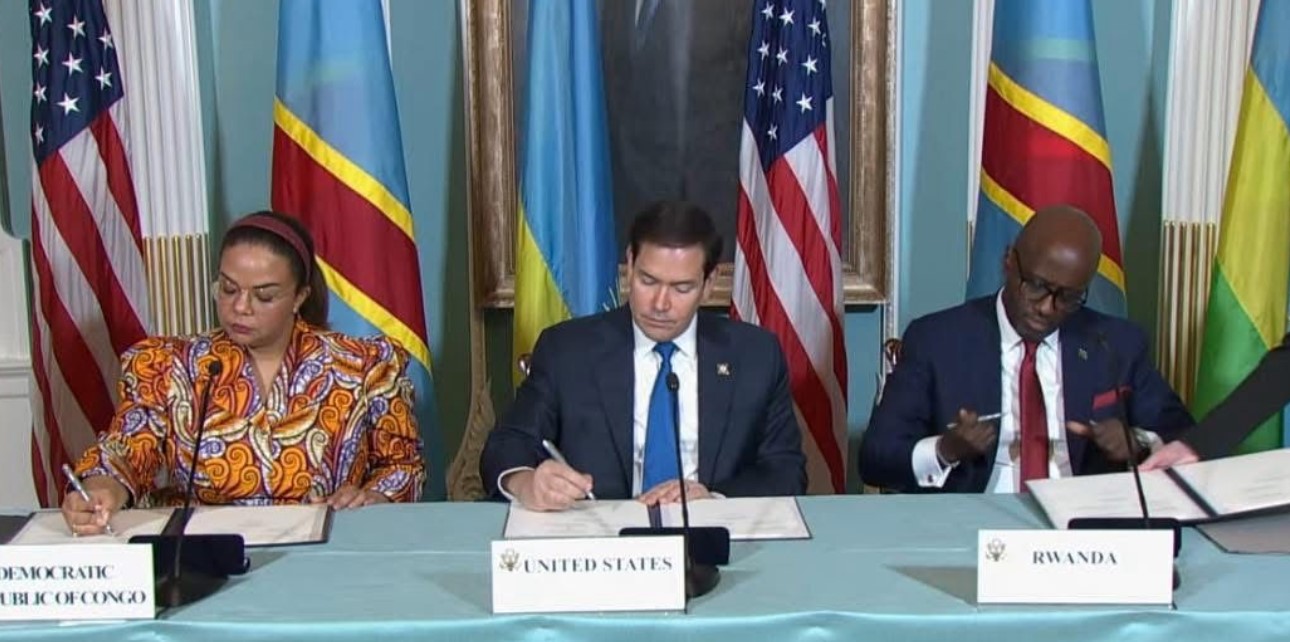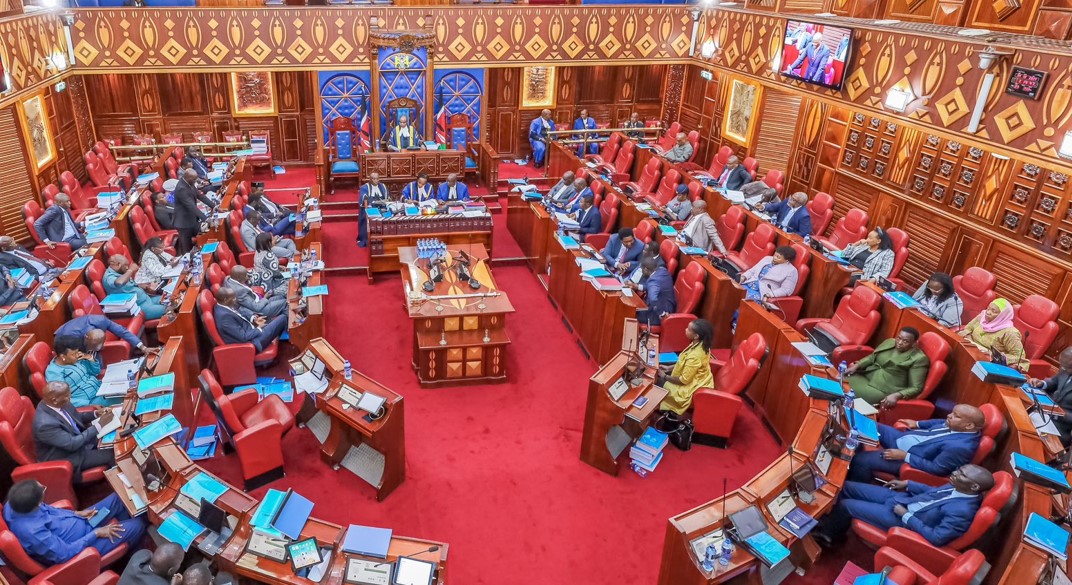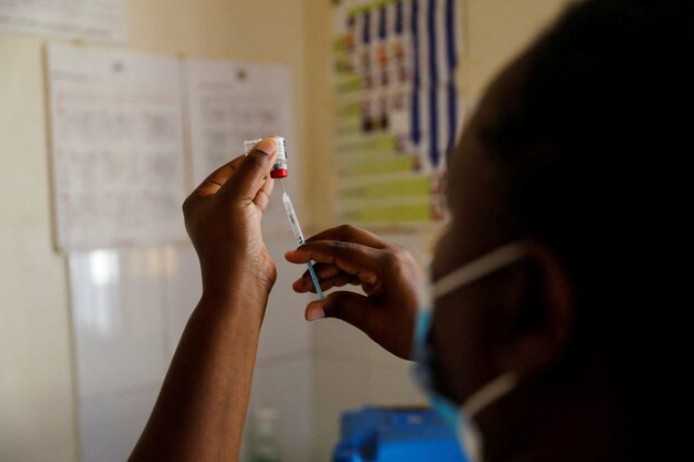Global job market stabilises as unemployment hits record low of 5%

Compared to other regions, youths from the African continent were also ranked as the most pessimistic about economic opportunities in their respective countries.
The number of job seekers this year is expected to remain almost the same as last year, reflecting an easing of the unemployment crisis countries have grappled with since the Covid-19 era.
This is according to the International Labour Organisation (ILO), which, in its January flagship report on global employment and social trends, projected no further deterioration of the job market this year.
More To Read
The report states that the global unemployment rate remained steady last year at a record low of 5.0 per cent, a figure that is expected to hold through 2025.
The current global unemployment rate of 5.0 per cent is the lowest in the ILO’s data series, which dates back to 1991, and it is projected to dip further to 4.9 per cent in 2026.
Conversely, the report indicates that in 2024, global employment expanded in line with a growing labour force.
"At the same time, employment growth remained too weak to have a significant impact on persistent decent work deficits around the world," the report notes.
However, the organisation highlights that some countries and groups are not benefiting from this positive trend, with young people, in particular, facing a significantly higher unemployment rate of 12.6 per cent, with little sign of improvement.
"With the return to pre-pandemic levels of informality and working poverty, the job recovery has lost much of its ability to generate further improvements and close the gap with the targets of the Sustainable Development Goals (SDGs)."
Regionally in Africa, the organisation recently painted a grim picture of youth employment prospects.
In its report, Global Employment Trends for Youth, the ILO stated that most youths aged between 19 and 25 who are primarily concerned about losing their jobs come from sub-Saharan Africa.
The report’s findings reveal that 83.3 per cent of youths in the region feared job loss as of August 2024.
Compared to other regions, youths from the continent were also ranked as the most pessimistic about economic opportunities in their respective countries.
A total of 80 per cent of the youths surveyed in the region indicated that opportunities were insufficient, compared to just 18 per cent who felt they were adequate.
Data from the Federation of Kenya Employers (FKE) shows that Africa has a population of nearly 200 million people aged between 15 and 24, accounting for 40 per cent of the workforce and 60 per cent of the unemployed active labour force.
In Kenya, the federation recently raised concerns over the country’s still fragile employment situation.
During one of its board meetings in 2023, the federation highlighted that the country had not yet fully recovered from the effects of the Covid-19 pandemic.
"Every day, we receive notifications from employers about their intention to declare redundancies," the FKE stated.
It reported that preliminary data indicated that between October 2022 and November 2023, approximately 70,000 jobs were lost in the formal private sector, with about 40 per cent of employers planning to reduce their workforce.
The latest figures from the Kenya National Bureau of Statistics (KNBS) reveal that, despite the country adding approximately 850,000 new jobs in 2023, it still struggles to create quality employment, as the majority of these jobs were generated in the informal sector.
Top Stories Today













































